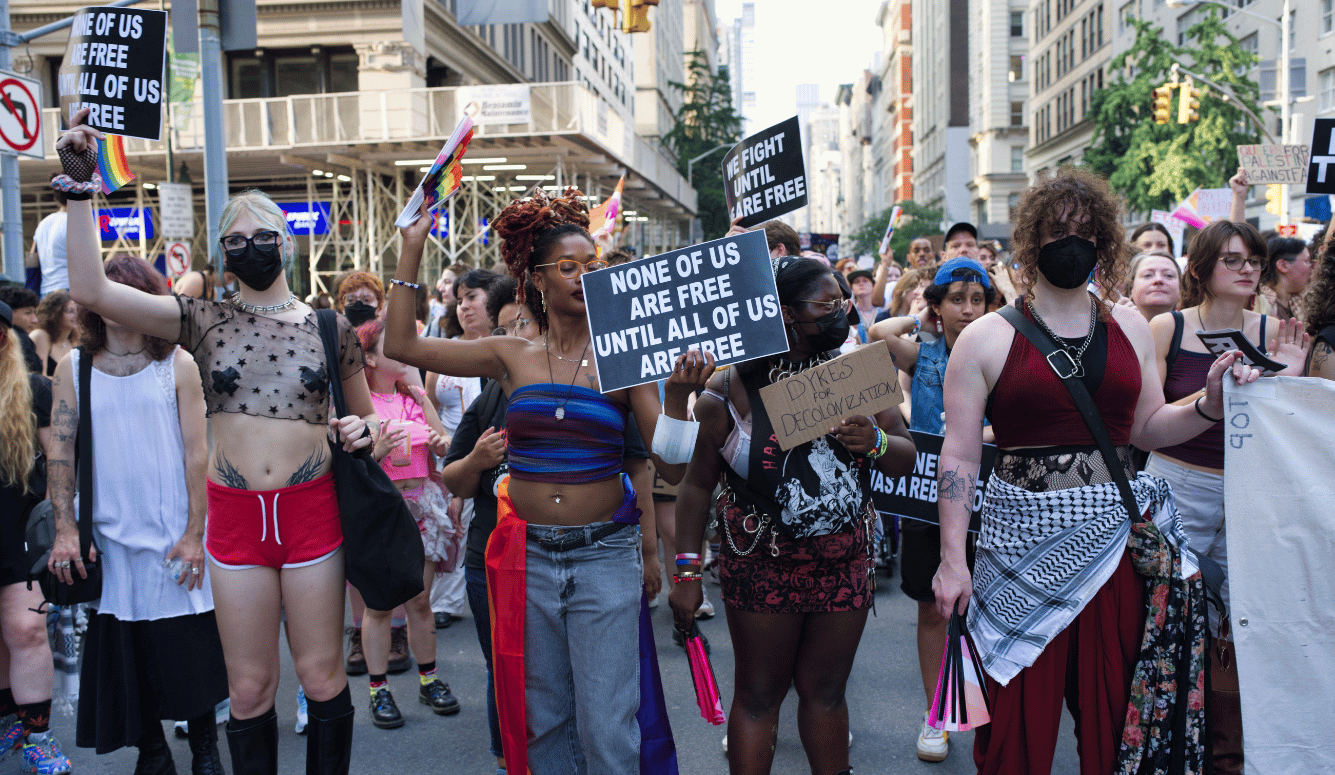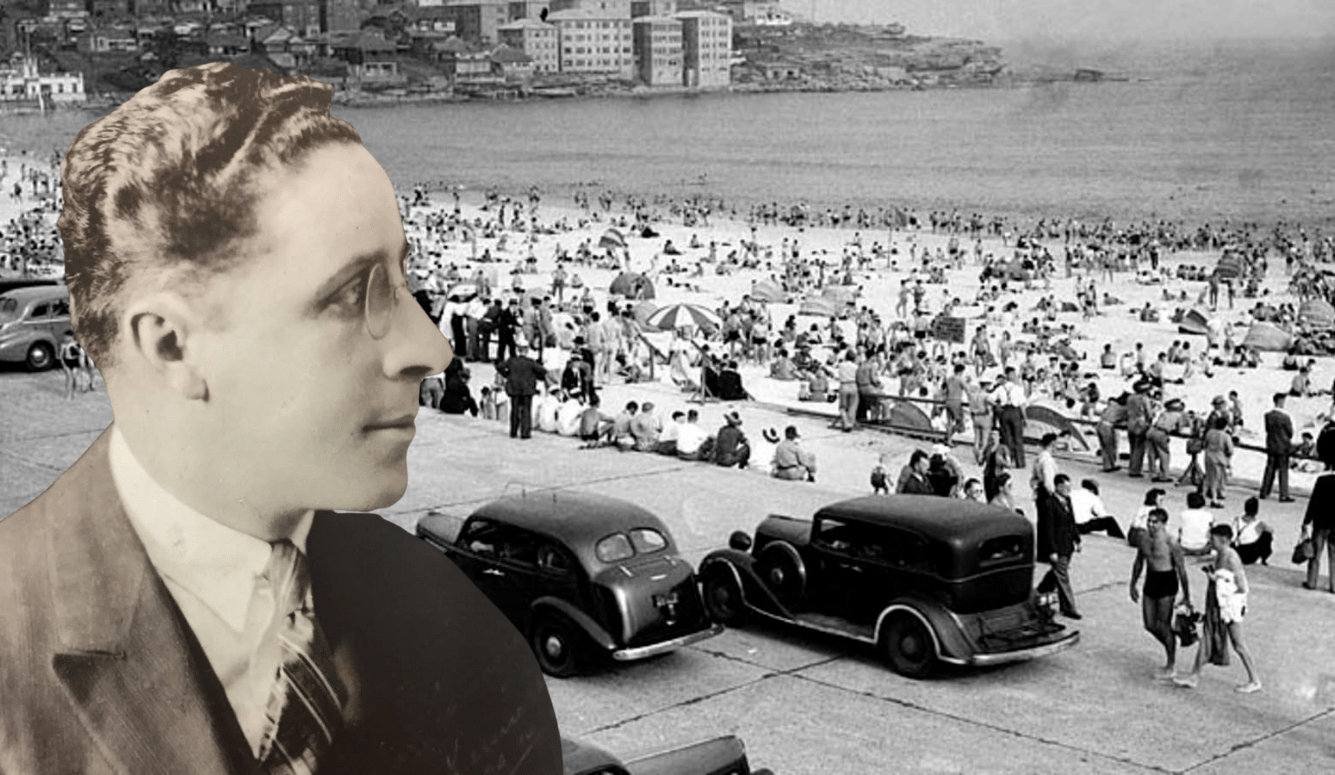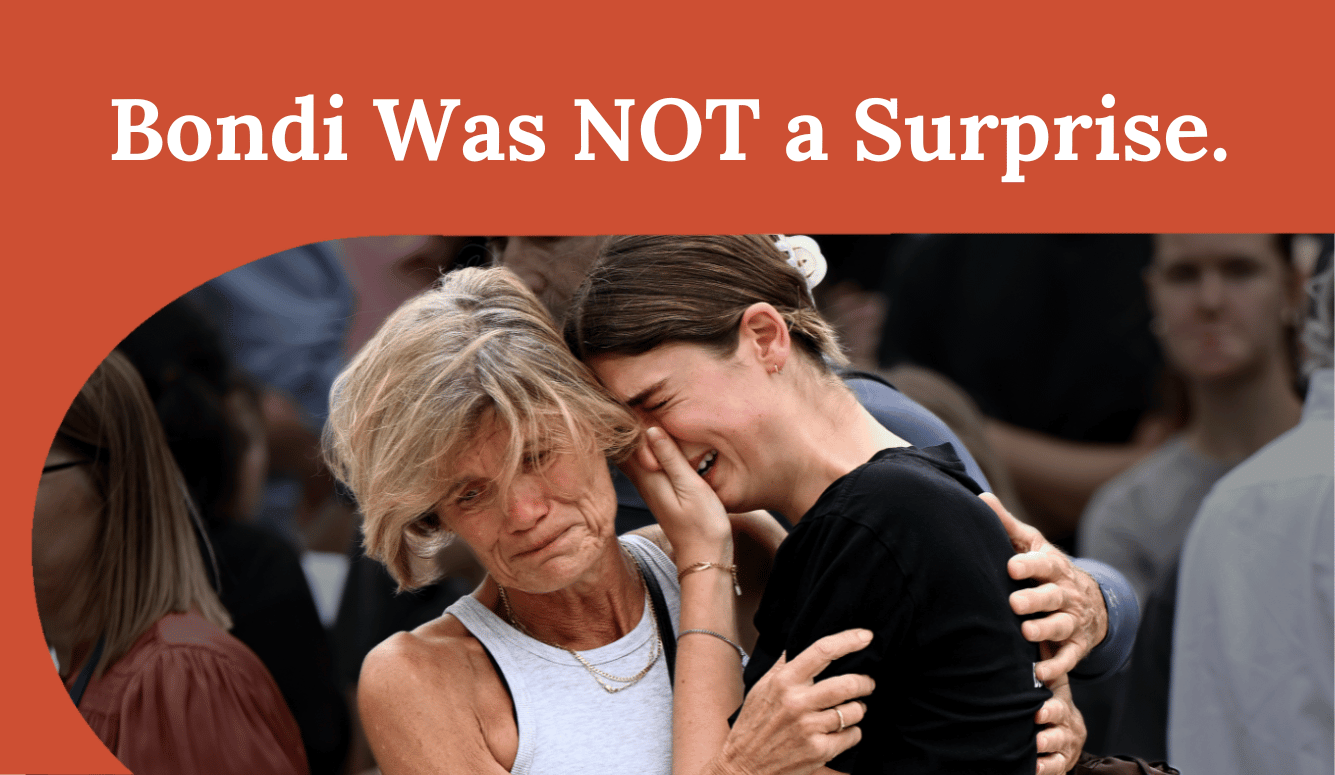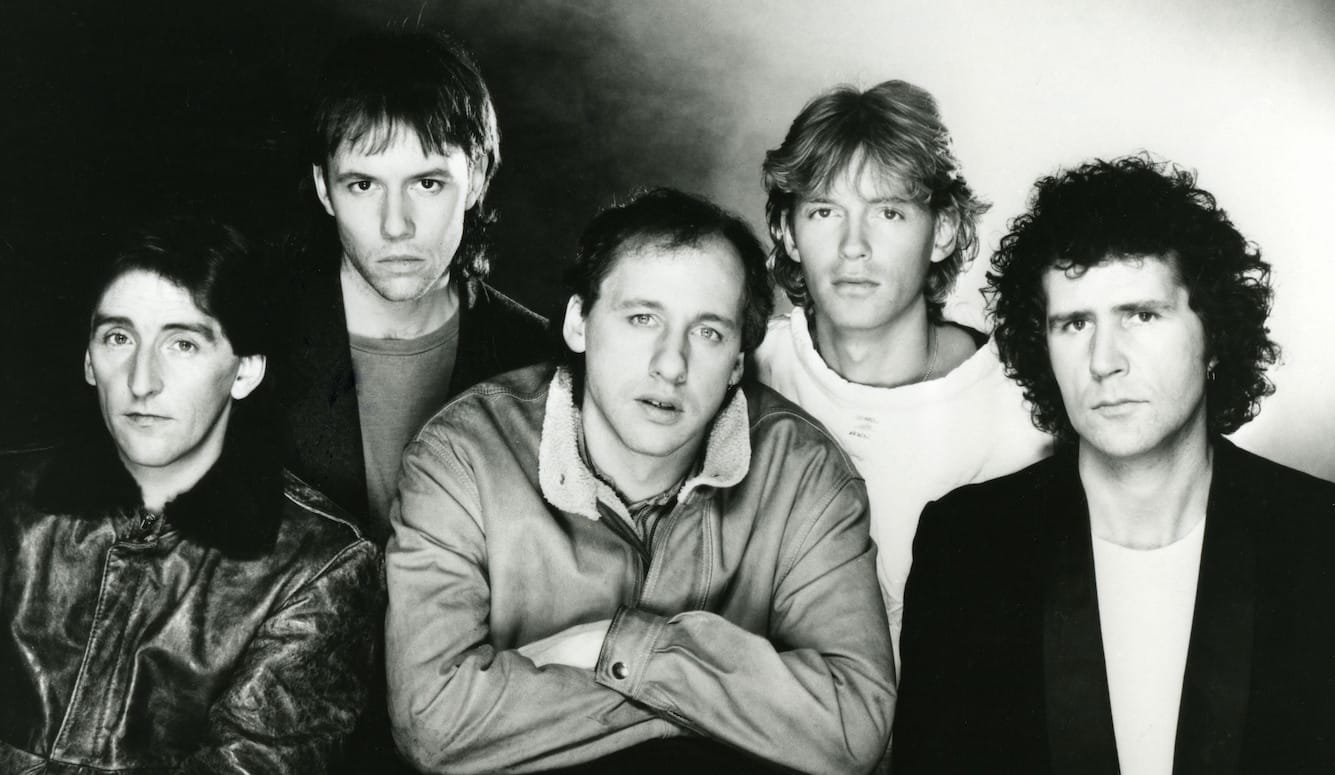Art and Culture
I Will Find a City
Jonathan Gould’s new Talking Heads biography recalls a once-thriving and now disintegrating independent media network that could elevate eccentrics with potential.

A review of Burning Down the House: Talking Heads and the New York Scene That Transformed Rock by Jonathan Gould; 512 pages; Mariner Books (July 2025)
CBGB, the legendarily seedy club in the Bowery neighbourhood of New York City that became the home of US punk rock and new wave in the mid-1970s, fascinated me from an early age. At high school, I would skip gym class to hide in the library devouring Lester Bangs’s music criticism and Please Kill Me, the oral history of US punk edited by Gillian McCain and Legs McNeil. Most of the dramatis personae in McCain and McNeil’s account have long since been rewarded with cultural canonisation, membership in the Rock Hall of Fame, and spots at the top of critics’ lists of the most important albums/singles/bands, but Talking Heads were, to my mind, the best of the bunch. They were never as propulsive as the Ramones, as feral as the Dead Boys, or as decadent as the Heartbreakers. They were not shamanistic like Patti Smith or glamorous like Blondie. And they lacked Television’s doomy romanticism or the Voidoids’ scuzzy nihilism. What Talking Heads brought to the CBGB’s eclectic scene was an idiosyncratic and uniquely angular intellect.
Burning Down the House, the new biography from veteran music writer Jonathan Gould, is more rewarding when it simply tells the band’s story than when it tries to explain how Talking Heads “transformed” anything outside of their own corner of popular music. No one in the band agreed to be interviewed for the book, which is a pity. There’s enough lingering acrimony to preclude a lucrative reunion tour, so it may be that no one concerned wanted to reopen old wounds in print now. Nonetheless, Gould has done some admirable spadework unearthing valuable material from the band’s various interviews, profiles, and comments over the years.
As the band’s oddball lyricist and strangely charismatic frontman, David Byrne had the courage to stand apart from the grungy mayhem of the New York punk scene by embracing his own twitchy and cerebral version of normality. Byrne was a suburban art-school dropout, clad in a polo shirt and slacks with short hair, who sang (in a voice that Richard Goldstein in the Village Voice compared to “a seagull talking to his shrink”) about psycho killers, buildings and food, and heaven as a place where nothing ever happens. Byrne formed Talking Heads in 1975 with his art-school friend Chris Frantz on drums and Frantz’s girlfriend (and wife-to-be) Tina Weymouth on bass.
The trio began playing gigs at CBGB almost immediately. They had not had much time to practise and Weymouth kept time by watching Byrne intently. They first came to the attention of New York’s cognoscenti when an enthusiastic review appeared in the pages of the Village Voice after an early show. Jerry Harrison, fresh from the disintegration of Jonathan Richman’s Modern Lovers, casually dropped into a jam session at the band’s loft and was offered a spot as keyboard player and guitarist in 1976. However, he was completing a Master’s degree in architecture at Harvard and only became a formal member in 1977. This line-up would remain stable until Byrne dissolved the band in 1991.
It’s not often that a band can jigsaw together wildly disparate musical forms in the manner of Talking Heads. “Psycho Killer” would turn out to be the most famous track from the band’s debut album, and Gould explains that Byrne approached it like an art project, mixing Randy Newman’s penchant for writing in character, Alice Cooper’s morbidity, Tina Weymouth’s pulsing bass, and a sprinkling of French in the polyglot lyrics. This was not orthodox punk rock or new wave material. Byrne was a postmodern songwriter, interested in manipulating form, subject matter, and ironic juxtaposition. This was pop music as deconstruction.
“I Zimbra”—the opening track on the band’s third album, Fear of Music—is one of my favourites. You don’t need to be able to identify the irresistible mix of influences to enjoy the song, but it only enriches the experience of listening to it if you can. Byrne did seem to want to impress New York’s cultural elite by flaunting his erudition, but as each member of the band layers in the instrumentation and rhythm, the band’s music developed the infectious energy needed to fill a dance floor. The groove in “I Zimbra” is indebted to the subversive percussion of Nigeria’s late Afrobeat pioneer Fela Kuti. The band and their backing singers then start chanting nonsense lyrics borrowed from Hugo Ball, a German 1920s dadaist, whose absurd poetry spat gibberish back at a world gone mad.
“Born Under Punches (The Beat Goes On)”—from the band’s classic 1980 album Remain in Light—embeds ambient paranoia (an ominous chorus of “all I want is to breathe”) in a thicket of chirps and squawks and bass slaps and computer glitches. The imaginary urban hellscape of “Life During Wartime” (from Fear of Music) juxtaposes lines about smuggled food and fake IDs with a shout-a-long chorus (“This ain’t no party! This ain’t no disco! This ain’t no foolin’ around!”). I have no idea what “Crosseyed and Painless” (from Remain in Light) is really about, and I don’t care because I love singing along to it and I love Byrne’s quasi rap about the slippery nature of facts. And of course, there’s “Once In A Lifetime,” the band’s big hit with that uplifting chorus they loved to play live—a relief after the riffs on radio-preacher hysteria and delirious existential confusion.
Gould tells us that many of the band’s songs grew out of lengthy jam sessions. The quartet would find a groove, to which Byrne would later add lyrics, and then push it as far it would go. Byrne is certainly a brilliant and innovative artist. So is Brian Eno, who produced More Songs About Buildings and Food (the band’s second album), Fear of Music, and Remain in Light and made a considerable contribution to the band’s sound and musical direction. But Byrne and Eno should not have commandeered all the credit for a collaborative effort, as they did on more than one occasion in print, and I don’t blame Weymouth and Frantz for being irritated by that presumption. Communication between the bandmates was weak from the start and it only became frostier as time went on.
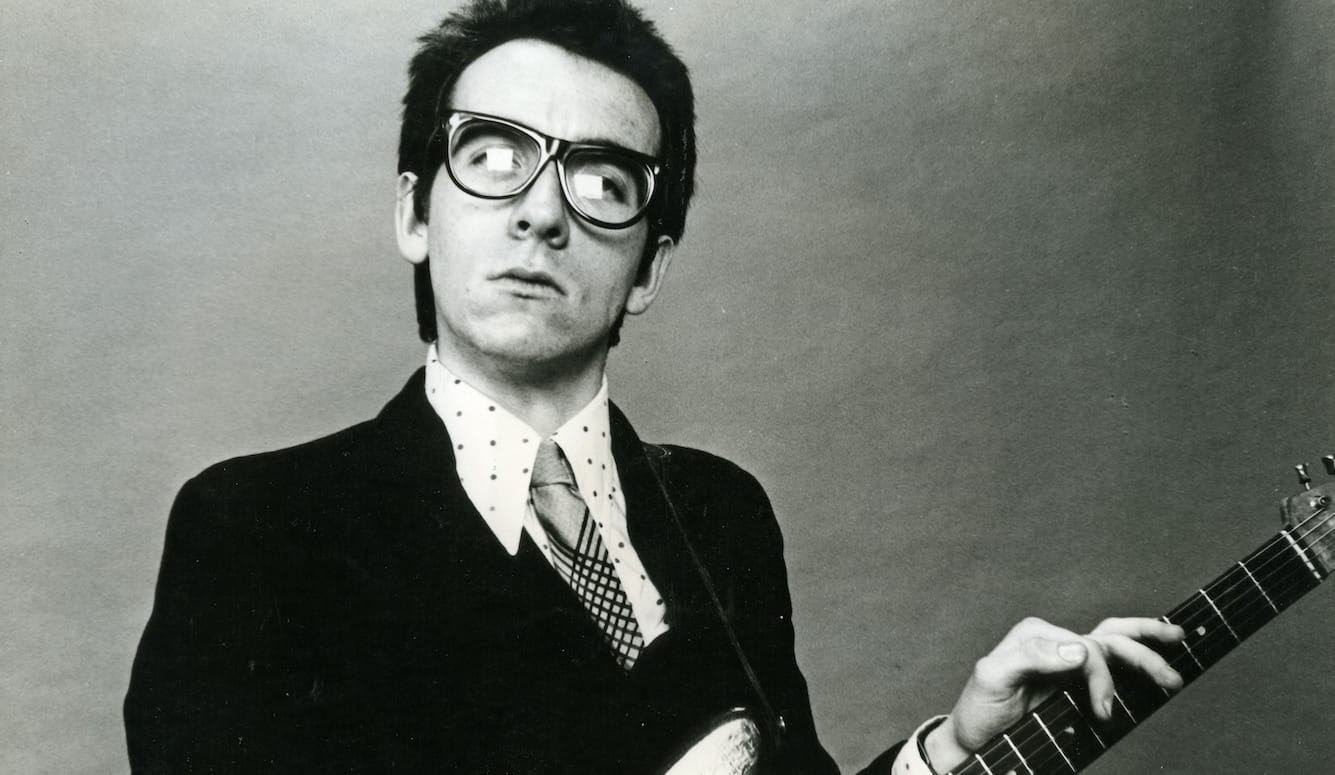
Gould makes an earnest attempt to explain Byrne’s otherworldly diffidence, and he offers a number of possible explanations without settling on a final verdict. Maybe it was because Byrne came to America from Scotland at a very young age (he had to translate his parent’s thick brogue to classmates in suburban Baltimore), and that gave him the forced perspective of a perennial outsider. Or maybe it was his Asperger’s, an issue on which Gould leans a little too hard at some points, given Byrne’s accomplishments. Some critics have likened Byrne’s personality to that of a child, and he has admitted to behaving like “a dictator” at times. Spalding Gray’s observation makes the most sense to me. Gray once mused that Byrne was “the most perversely wholesome person I ever met. … I don’t think he is solipsistic, but like any genius … he is operating in a very closed world.”
People can make great music by focusing on the mind and they can make great music by focusing on the body. Mash the two together and they may hit the stratosphere. Stop Making Sense is among the greatest concert movies ever made because it pulls the viewer so completely into the band’s world. After a number or two, you don’t want to leave the joyous mix of self-conscious artistry and unself-conscious funk-pop. Byrne got the idea for the iconically huge suit from Japanese theatre: every dance routine is precisely choreographed, mundane objects like lamps are reimagined as dance props, and language is stripped of context (GRITS…TV…BABY…NOSE) to create an immersive postmodern spectacle. Whatever “message” (if any) is conveyed by all the energy and affect pales before the obvious fact that everyone involved is having the time of their lives. Jonathan Demme’s camera glides over Byrne’s extravagant gyrations and the pleasure of the entire musical performance is palpable.
The inspiring tale of Talking Heads is hard to imagine in our own era of omnipresent conglomeration. They were, after all, a band without a clearly defined commercial path or a plan to win over the mainstream. Nevertheless, during that heady and creative period in the late 1970s, they were given the chance to evolve and develop and experiment before they hit their idiosyncratic stride. And when the audience eventually came to them, a defiantly arthouse sensibility met with mainstream success. They never made concessions to sell records or fill auditoriums, though they certainly appreciated the opportunity to do both when it finally arrived.
Gould’s biography may provoke a rueful tear for a once-thriving and now disintegrating independent media network that could elevate eccentrics with potential. New York in the 1970s may have been an anarchic dump, but at least the cost of living was low and there were dives like CBGB (now a pricey clothing gallery) where untested musicians could get stage time just by showing up. It makes me wonder if a band as oddly configured as Talking Heads could succeed or even survive in today’s cultural landscape of a million little digital soapboxes. To adapt the lyrics from one of their early songs, Talking Heads found a city for their electrifying music to live in, but only because they were given the time and energy needed to build it.

